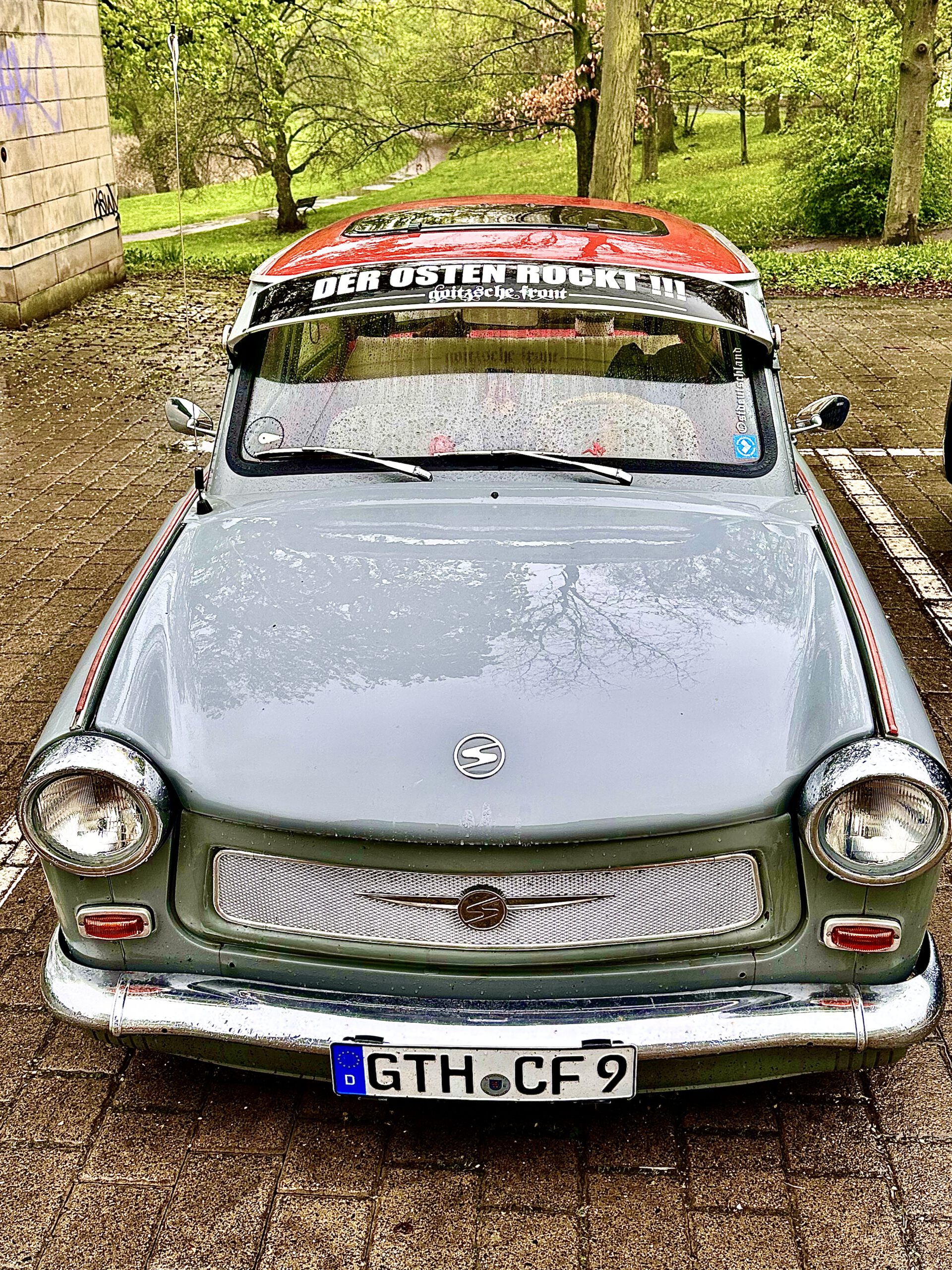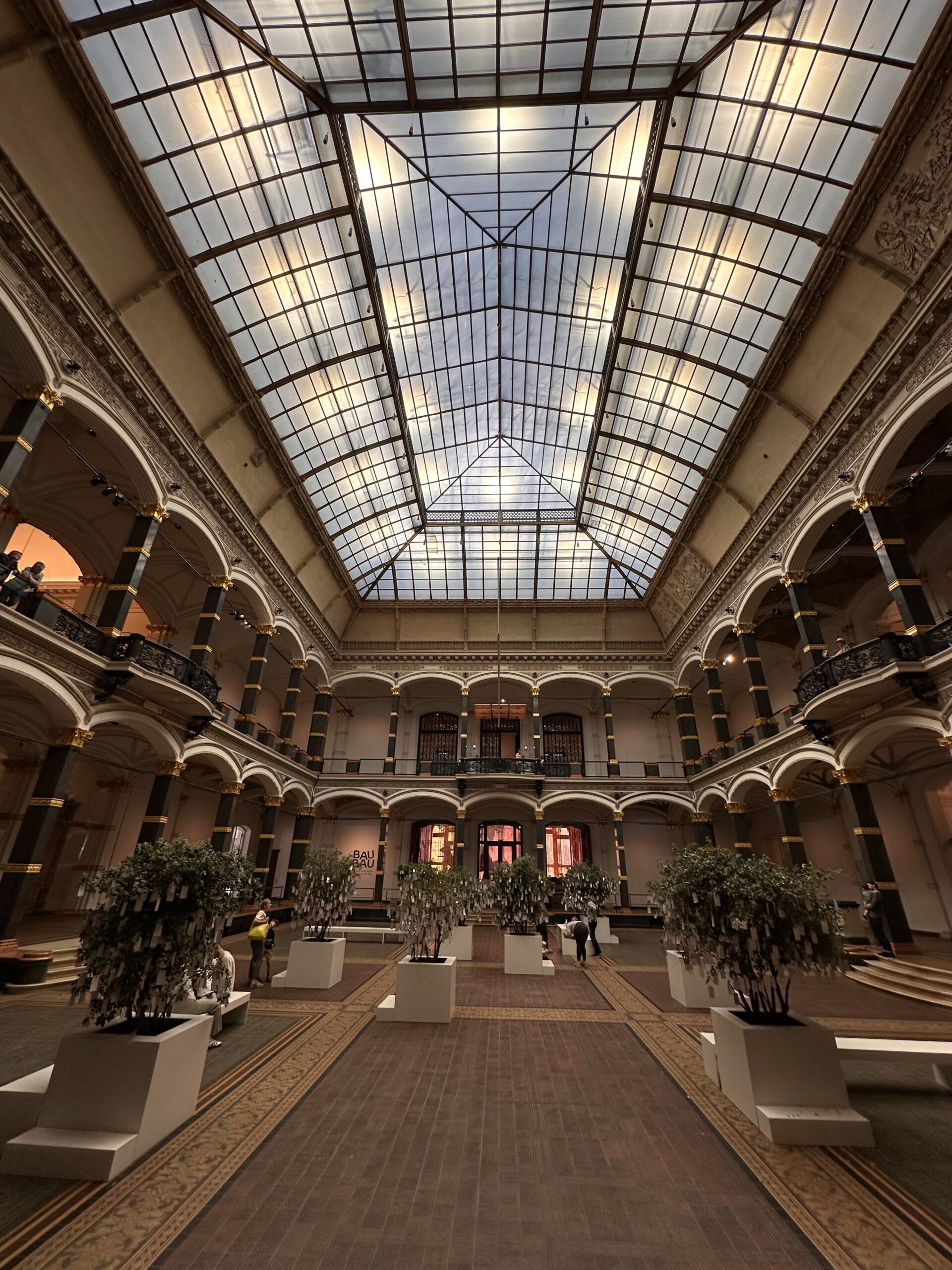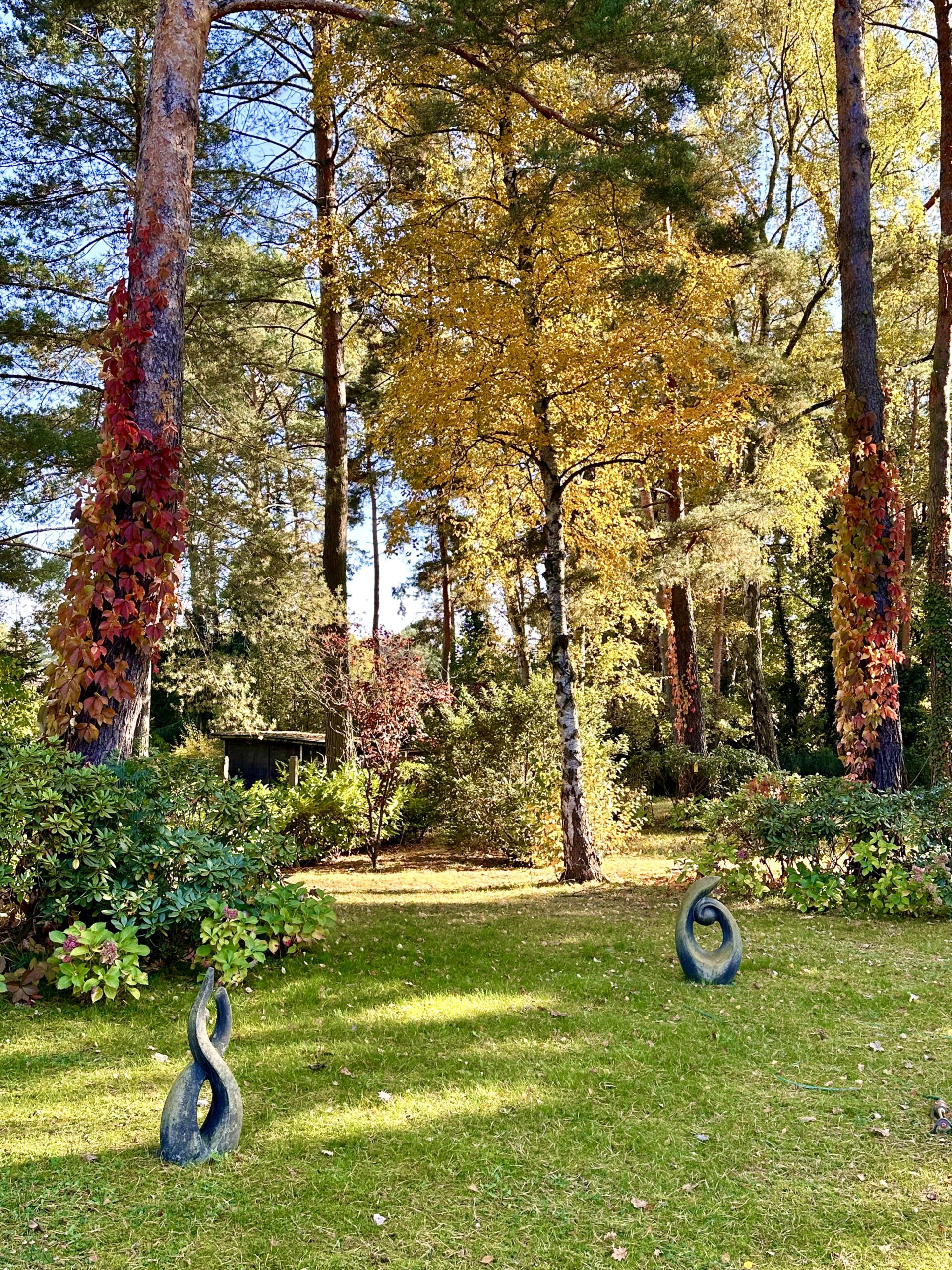Saphenion® – Biokleber 65 Jahre medizinischer Einsatz
Saphenion®: Biokleber 65 Jahre medizinischer Einsatz: Seit 1949 ist der Gefäßkleber Cyanoacrylat chemisch bekannt, 10 Jahre später konnte die sehr gute Klebeeigenschaft erstmals auch in biologischen Geweben nachgewiesen werden. Seit Mitte der 1950er wurden Fibrin – und Acrylatkleber in der Medizin in verschiedenen Fachdisziplinen getestet. Und seit 1960 wird er in fast allen Fachrichtungen vielfach und zunehmend eingesetzt.
Saphenion®: bio glue 65 years in medical use: The vascular glue cyanoacrylate has been known chemically since 1949, 10 years later the very good adhesive property could also be proven in biological tissues for the first time. Since the mid-1950s, various medical disciplines have tested fibrin and acrylate glue. And since 1960 it has been used frequently and increasingly in almost all disciplines.





